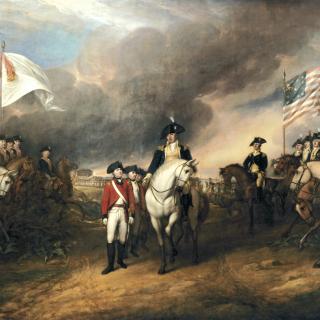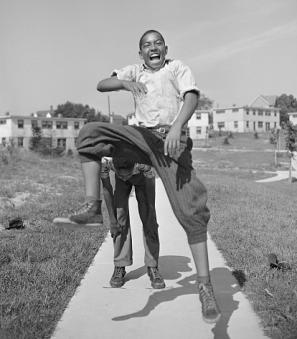The Patent Office Fire of 1836
American commerce and invention suffered a terrible blow on December 15, 1836, when the U.S. Patent Office caught fire. The office, which was located in Blodget’s Hotel on E Street NW between 7th and 8th Streets, shared its space with the U.S. Post Office and a branch of the local fire department, of all things.
Congress authorized the Patent Office to be located at Blodget’s in 1810 along with a branch of the Post Office. In a twist of historical irony, the building was one of the few government offices to be spared the torch when the British burned the capital in 1812.
In the early morning hours of December 15, as Post Office workers wrapped up their long workday, they gathered the ashes from the stoves and placed them in a wooden box in a basement room that also stored firewood for the adjacent Patent Office. Live embers among the ashes continued to smolder until they burned through the box and lit up the stored firewood.
Smoke was spotted around 3 a.m. shortly before the fire became critical. Unfortunately, the neighboring fire department was of no value. “There was a fire-engine house at the northeast corner of Blodgett's Hotel, complete with a fire engine purchased by act of Congress 16 years earlier,” points out author Kenneth Dobyns. “When it was built, a volunteer fire company was formed to man the engine, but the members became discouraged and disbanded.”[1]
When it came to fighting the flames, all the local citizens could do was form a bucket brigade, which proved no match for a fire that had spread throughout the three-story structure.
No one was injured, but the losses proved more than the city or the nation could bear. An estimated 7,000 models, 9,000 drawings of pending and patented inventions, and the file histories of thousands of patents that had been granted in the previous 46 years were destroyed.[2] Post Office employees were able to save their documents since they were stored at the other end of the building.
Congress investigated the cause of the fire as there were widespread accusations of arson. Dobyns writes that, “the Post Office Department was currently under investigation for awarding dishonest mail contracts, and Congress was having difficulty obtaining the proper records from the Post Office.”[3]
But since the Post Office was able to save their documents, and the Patent Office, which was not under investigation, lost theirs, the arson theory was disproved. It was soon evident that the poor storage of stove ashes was to blame.
On March 3, 1837, a Congressional act was passed to provide $100,000 to repair and rebuild the pre-fire patent collection.[4] Only a small percentage of the patents were restored, but the next Patent Office location was designed to be more fire retardant than its predecessor.
Footnotes
- ^ Kenneth Dobyns, “The Patent Office Pony: A History of the Early Patent Office,” Sergeant Kirkland's Press, Washington, D.C., 1994, p. 106. http://www.myoutbox.net/popch17.htm
- ^ Kim Byars, “December 15th Marks the 165th Anniversary of The Great Patent Office Fire of 1836,” December 14, 2001, United States Patent and Trademark Office, https://www.uspto.gov/web/offices/com/speeches/01-60.htm
- ^ Dobyns, “The Patent Office Pony: A History of the Early Patent Office,” p. 108. http://www.myoutbox.net/popch17.htm
- ^ “The Story of the United States Patent Office, 1790-1956,” United States Patent Office, Washington, D.C., 1956, p. 7.


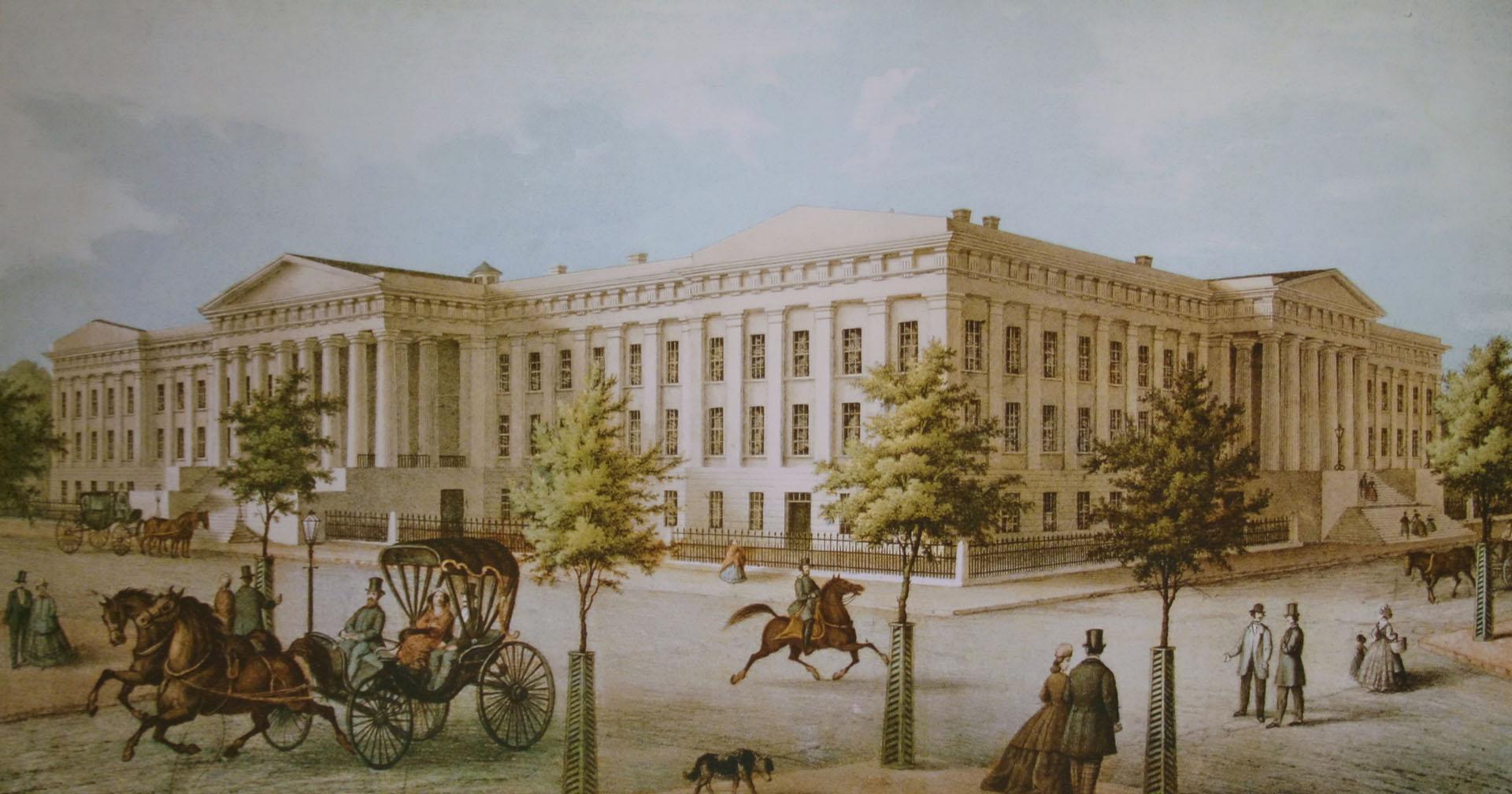
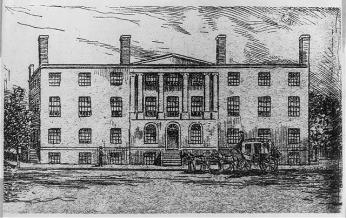
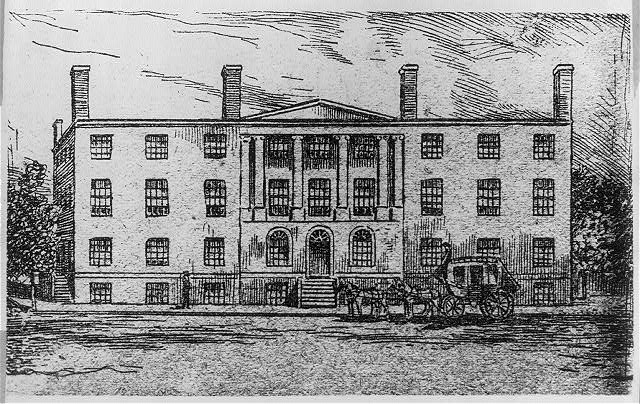
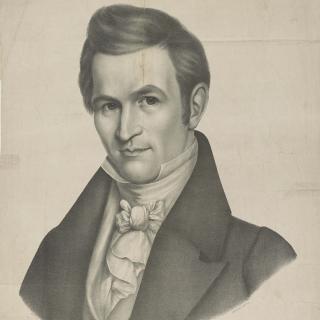
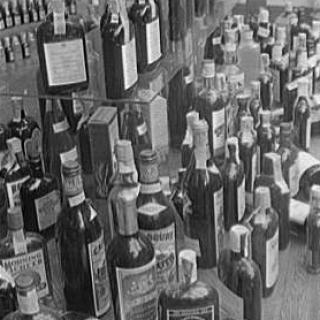
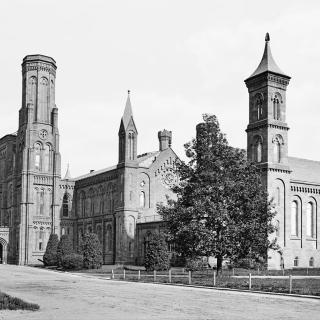
![Sketch of the mythical fuan by Pearson Scott Foresman. [Source: Wikipedia]](/sites/default/files/styles/crop_320x320/public/2023-10/Goatman_Wikipedia_Faun_2_%28PSF%29.png?h=64a074ff&itok=C9Qh-PE1)

